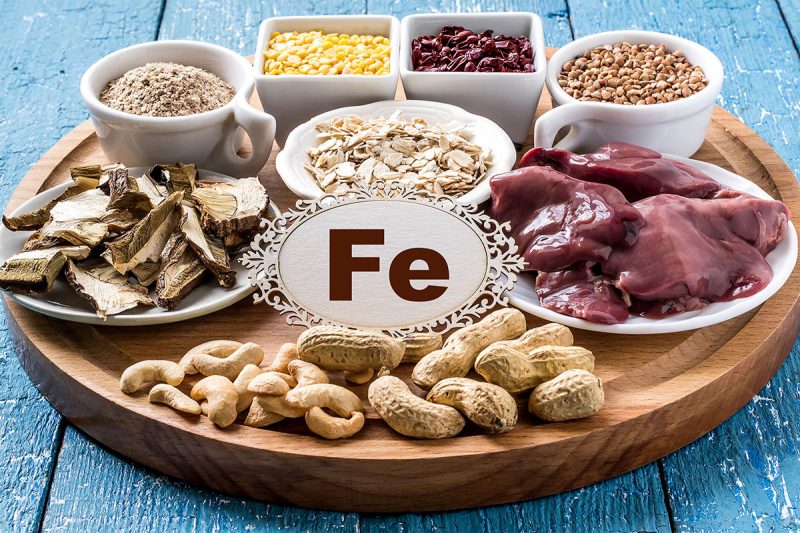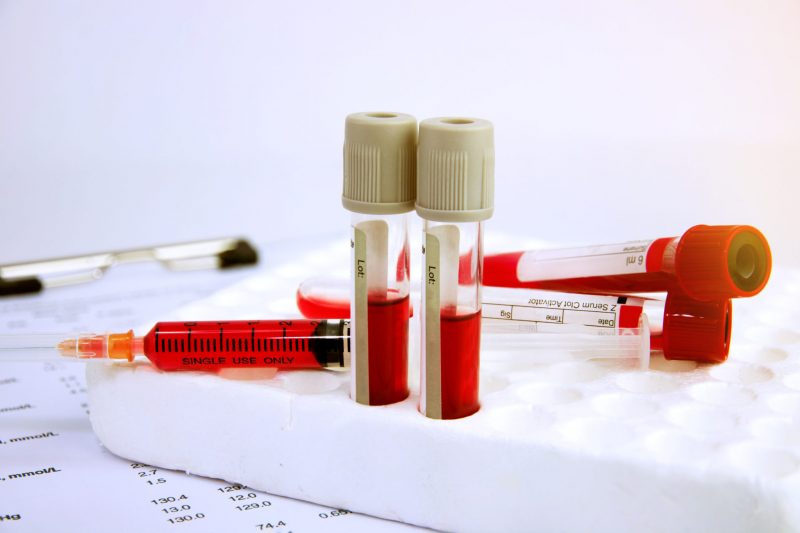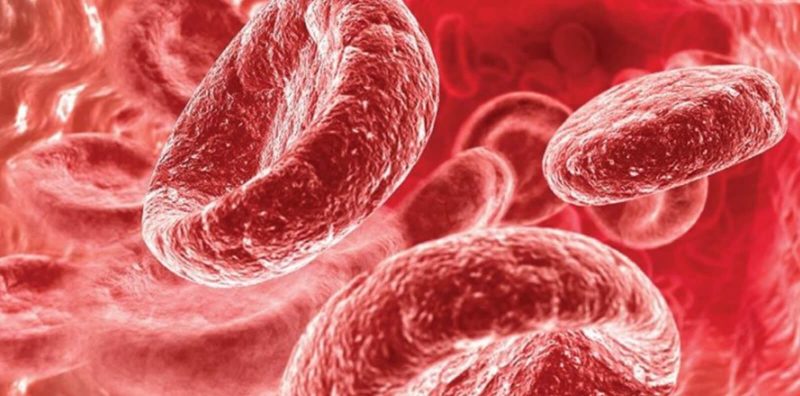Blood is a system of the body that is very sensitive to the occurrence of any pathologies in the body. As a result of these processes, a change in its biochemical composition occurs, which is determined by the laboratory method. Transferrin allows you to track the metabolism of iron in the body, which in certain diseases begins to deviate from the norm.
Material Content:
What is transferrin and why is it needed
Transferrin, or siderophilin, is a protein compound that is bound to iron. It comes with food. The role of the protein is to transport the trace element from the digestive tract to the bone marrow, where iron is synthesized and incorporated into the composition of hemoglobin. In addition, transferrin provides a depot of iron in the liver and spleen, transferring it to these organs and providing its supply.
If the iron content decreases, the rate of transferrin synthesis begins to increase accordingly. This property of the protein is used to diagnose iron deficiency anemia, as well as to control the quality of treatment for this. In addition, liver function is assessed by the level of siderophilin.
Determination of protein transporting iron
Transport protein is a carrier of iron ions and is found in blood serum. Its formation comes from amino acids in the liver. A feature of transferrin is its ability to saturate and adhere iron in a larger volume than its own weight.
Iron is one of the most important trace elements present in the body.It is the structural unit of hemoglobin, which fills the red blood cells and performs oxygen transfer from the lungs to various organs and tissues.
In the normal state, only a third of the transferrin binding centers is filled with a trace element, and the remaining volume remains free. If there is an iron deficiency, the level of transport protein rises to connect it even with a small amount of iron in the blood serum.
The quantitative indicator of transferrin in the blood depends on a number of indicators:
- functional state of the liver - if there is an overgrowth of connective tissue in the organ during cirrhosis, the protein concentration decreases;
- deficiency in the consumption of protein products in the diet - the formation of siderophilin in sufficient quantities does not occur;
- disturbances in the process of absorption of amino acids due to the presence of inflammatory phenomena in the intestine - this also leads to a decrease in transport protein.
The condition when transferrin is lowered or increased in blood serum reflects the presence of a pathological process in the body and plays a large role in the diagnosis of the disease.
Standards for analysis for children and adults
Blood is taken from a vein on an empty stomach in the morning to test the level of transferrin in its serum.
Transferrin, the norm of its content in biochemical analysis, will depend on age and is determined by the following indicators:
- in men - 2.0-3.65 g / l;
- in women - 2.5-3.8 g / l;
- in elderly people of any gender - 1.9-3.75 g / l;
In children, the norm in the blood will vary depending on the age of the child and is the following parameters:
- newborn babies - 1.3-2.75 g / l;
- babies up to 3 months - 1.3-3.32 g / l;
- up to 16 years old - 2.03-3.60 g / l;
- adolescents over 16 years - adult indicators.
Normal indicators of transferrin saturation coefficient of iron are:
- in adults - up to 15%;
- in the elderly - up to 8%;
- in children - up to 10%.
Normal indicators of blood biochemistry can vary for various reasons.
Low levels of ferritin and its causes
Ferritin is a protein compound that stores a supply of iron until the body needs its reserves. This protein is found in the liver and cells of the reticuloendothelial system.
If a low hemoglobin is found in a blood test, then there is a need to check the quantitative content of iron.
The appearance of pathology in the body can provoke a decrease in ferritin for the following reasons:
- unbalanced nutrition - due to starvation, various diets or vegetarianism, in which iron is not absorbed by the body in sufficient quantities;
- pregnancy - the need for protein increases significantly due to the growth of the unborn child;
- severe pathological processes in the kidneys;
- lack of absorption of iron from the digestive system due to intestinal pathology, diarrhea, surgery for a decrease in the volume of the stomach;
- the presence of enterocolitis, atrophic gastritis;
- manifestations of hypothyroidism;
- hypovitaminosis.
Iron deficiency is a consequence of a decrease in ferritin in the blood, which indicates the development of iron deficiency anemia.
High Transferrin - Possible Causes
A quantitative increase in transport protein may indicate the development of a pathological process, the causes of which are:
- hypochromic anemia - this pathology is characterized by a low level of hemoglobin and a color index below 0.8;
- blood loss of a chronic nature that can occur with gynecological pathology, a disease of the digestive system, when blood is detected in the feces, with chronic hemorrhoids;
- hepatitis, the acute form of which is accompanied by an increase in protein in a biochemical analysis;
- true polycythemia - a blood disease that has a malignant nature of the course, accompanied by an increase in its viscosity and a tendency to form blood clots and hypoxia;
- pathology of the digestive tract, leading to insufficient absorption of iron from food.
In addition to pathological causes that cause an increase in protein, transferrin is increased due to physiological reasons, such as:
- pregnancy, especially in the 3rd trimester of expectation of a child;
- taking oral contraceptives.
This condition is temporary and the exclusion of these causes leads to the restoration of normal transport protein.
Important! Regular check-ups with blood donation for analysis of the hemoglobin content will allow timely identification of the cause of its quantitative change and treatment.
Why take a blood test for this test?
A blood test for transferrin is performed:
- to evaluate iron metabolism;
- to determine the stock of an element in the body;
- to determine the nature of anemia, which manifests itself due to a lack of iron or caused by other reasons, that is, any pathological process or insufficient concentration of vitamin B12;
- to assess the functional state of the liver.
Laboratory testing of blood serum for the quantitative content of transport protein is a diagnostic method, which confirms:
- the presence of a deficiency or excess iron in the body;
- the development of chronic hepatic pathology or impaired absorption processes in the intestine;
- to clarify the nature of the revealed changes in the qualitative indicators of blood - hemoglobin, hematocrit, the number of red blood cells.
This laboratory analysis makes it possible to timely determine the development of the pathological process in the body and conduct high-quality treatment.


















